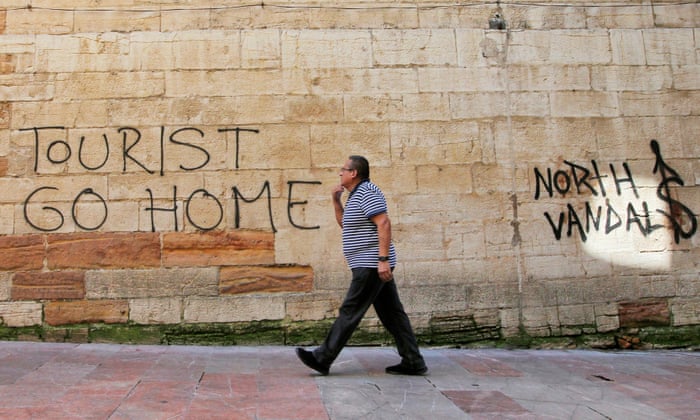Commodification of Cities and Place

There’s more to a city than just its architecture, its built environment, and the natural environment it's set in. However, practically speaking those are the most marketable aspects of a city when you think of it as something meant to generate revenue. Viewing cities or well anything through a capitalistic lens is understandably the most compelling force of our economy, and therefore the most compelling force modeling our cities. As Lefebvre puts it, when the city is no longer seen as something to be lived but as something understood practically it becomes “only an object of cultural consumption for tourists, for an aestheticism, avid for spectacles and the picturesque”. Cities are not only a place to live and work, but they themselves have become the product which attracts tourists and visitors that while consuming the sights and culture of the place also consume whatever products, food, and entertainment offered there. This commodification of place is part of the process of gentrification. The inflation of value that we assign to these places being what displaces the people who can no longer afford to live there.



I agree with what you are saying Dom. But I do think there is an underlying problem to people to the second image you posted. In many of these high tourist cities, even in the US, people reject tourists without understanding the economic value they bring. Sure that person's job might not solely rely on tourism, but that same person's day to day activities are elevated by tourism both economically and socially. Tourism brings great things to cities and places as well. These great things strongly relate to health and safety but also culture, although I would argue that some cultures over exaggerate their histories for attention, it is still an interesting idea to consider from an outside perspective.
ReplyDelete